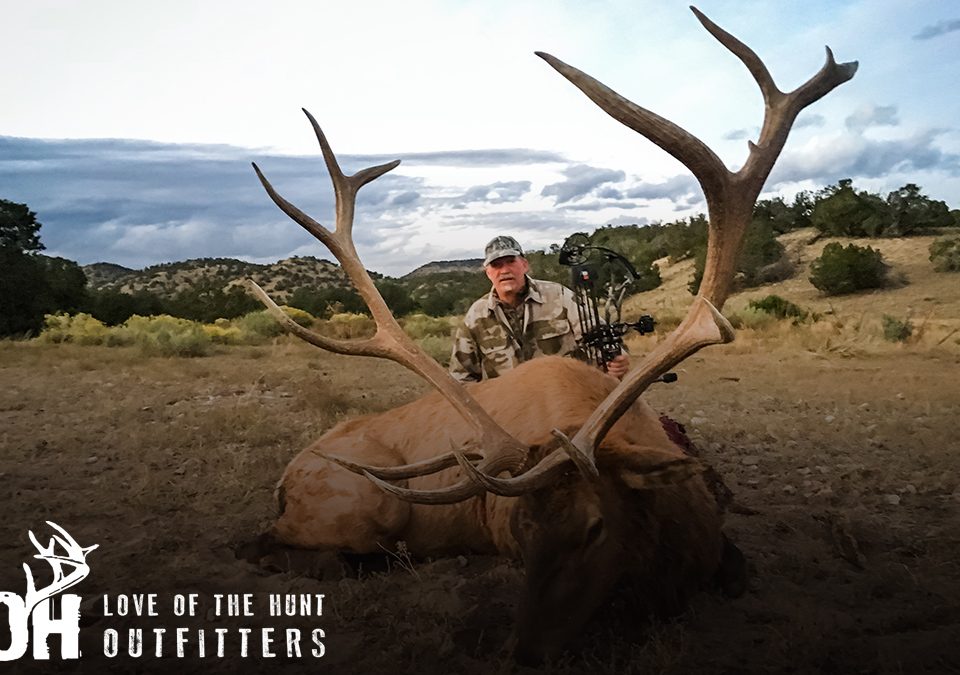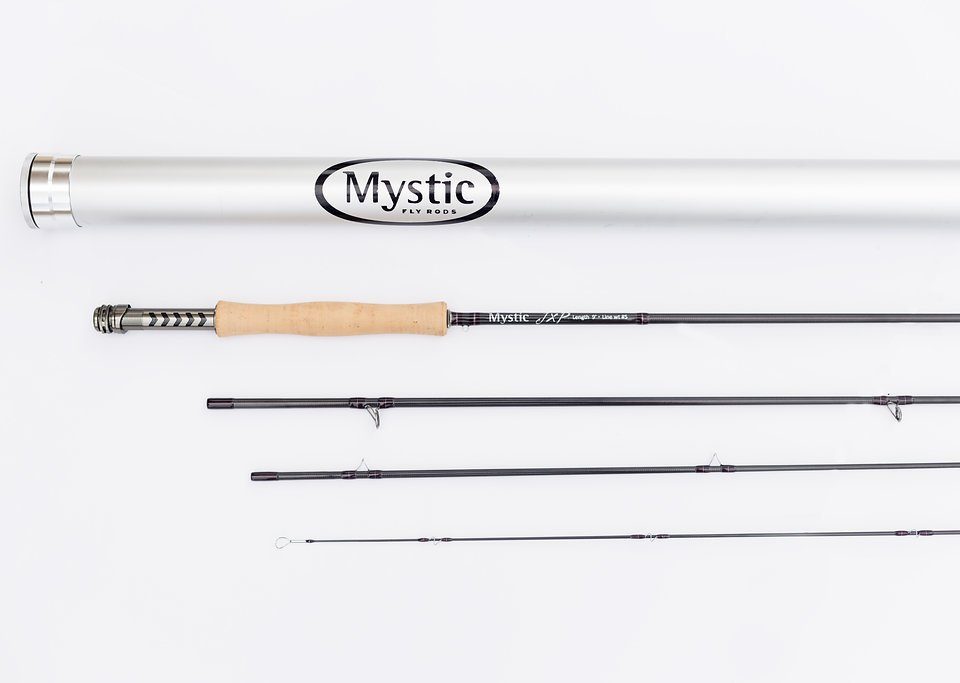Intro to Content Marketing
In some ways, marketing today is not very different than it was 50 years ago. While the channels have changed dramatically, many of the principles are the same. Traditional publishing avenues like trade journals have been replaced in online formats. But publishing informative and entertaining content continues to be one of the best ways for any individual or business to position themselves as a leader in their industry.
“Content Marketing” is simply the publishing of original content across web platforms. The content can include articles, photos, video or a combination. The platforms might include website, blog, social media, email and more.
Today’s myriad of web-based marketing tools can feel overwhelming. But when organized and integrated, these tools offer an incredible opportunity. They allow businesses to communicate with a global audience, year-round, in a very cost-effective way. The importance of having a dominant and dynamic web presence for any organization cannot be overstated.
A content marketing strategy serves several distinct purposes. The first and perhaps most obvious benefit is contact with clients and potential clients. But at the same time, a well-designed content marketing strategy drives organic search engine results. This in turn grows the audience, and one result continues to feed the other. Unlike a single-use strategy like pay-per-click advertising, content marketing achieves two ends at once: grow an audience and keep them engaged.
Perhaps most importantly, a growing and engaged audience positions the business as a clear leader in the industry, bringing more bookings at a lower cost-per-sale. In the outfitting industry, a lack of marketing sophistication creates a wide-open field for those who take it. With a concentrated effort, businesses in this industry have the opportunity to clearly stand apart from the competition.
Earlier this year, Sy Gilliland, owner of SNS Outfitter & Guides in Wyoming commented on the impact of their content marketing strategy. “We totally own antelope hunting in Wyoming,” he said. “We couldn’t have squeezed in another hunter last year if we had tried. We are already pushing clients toward hunts in 2017 and beyond.”
While traditional marketing channels like trade shows and print advertising still offer a limited, one-time connection with sportsmen, a content marketing strategy allows a business to reach a vast audience, year-round, with no geographic limitations.





